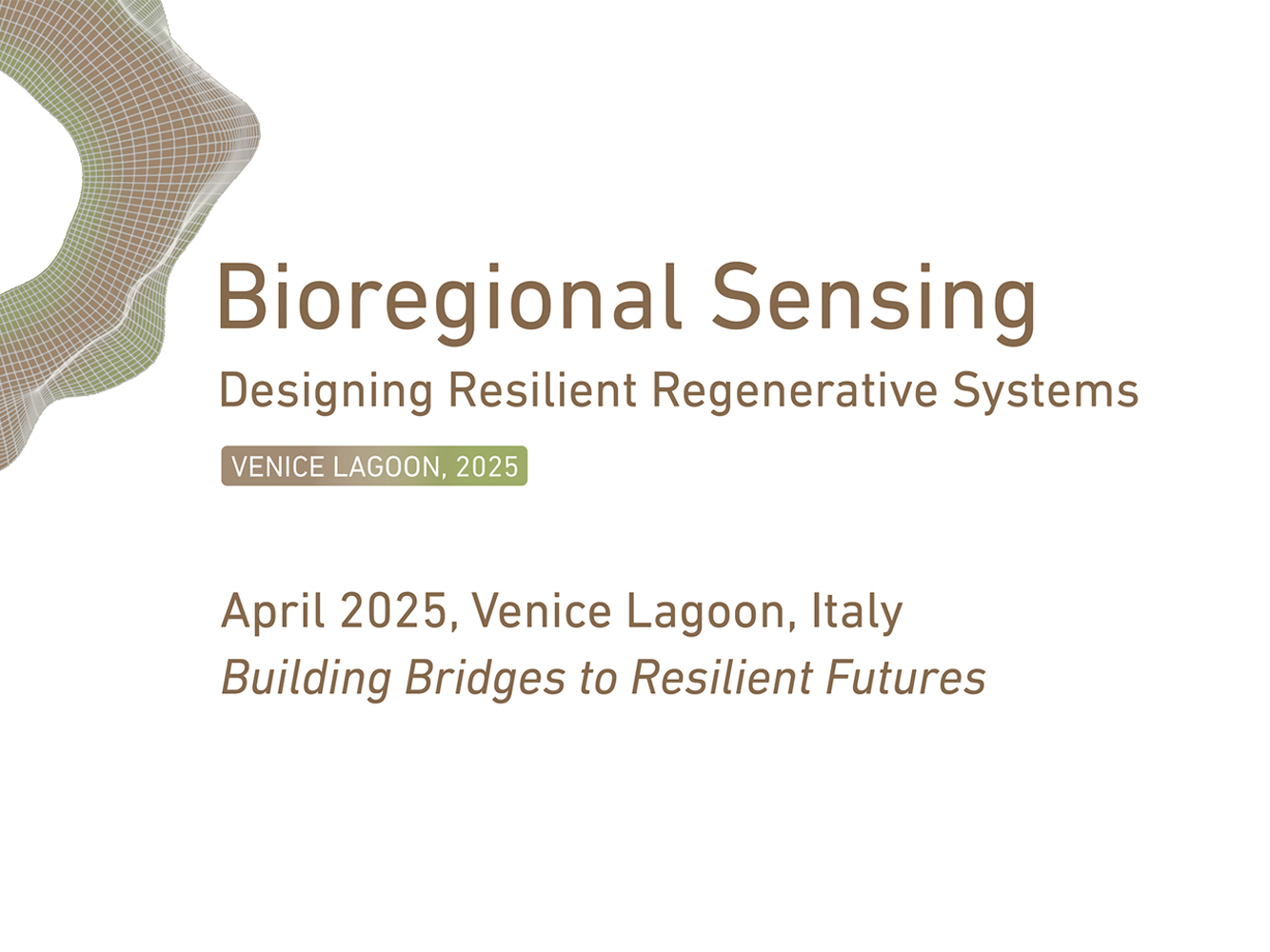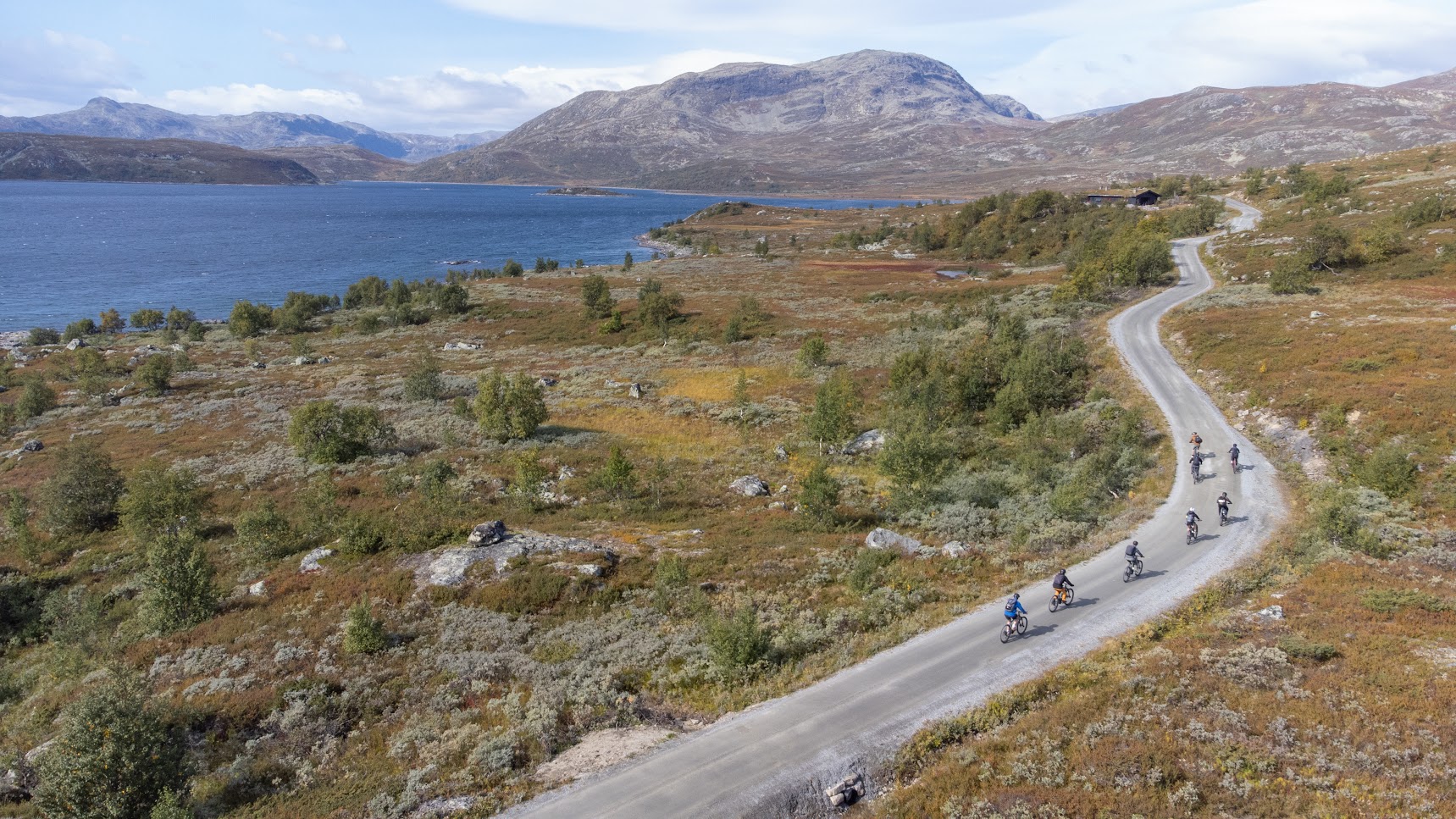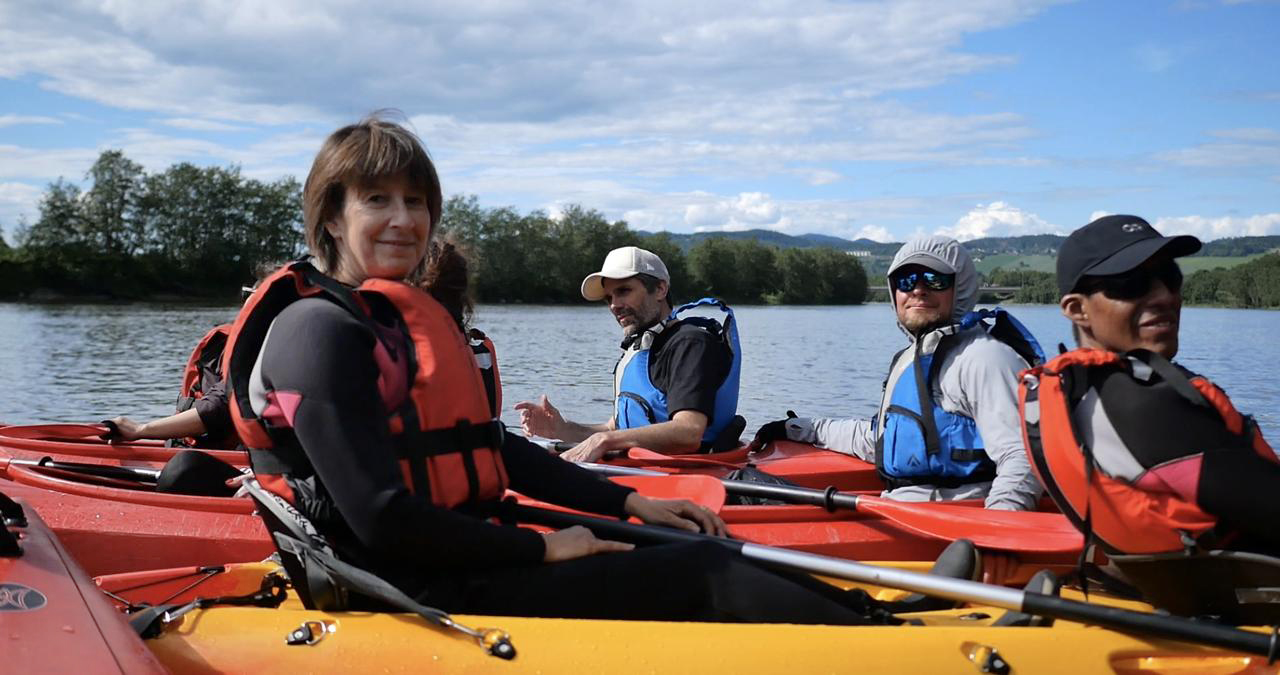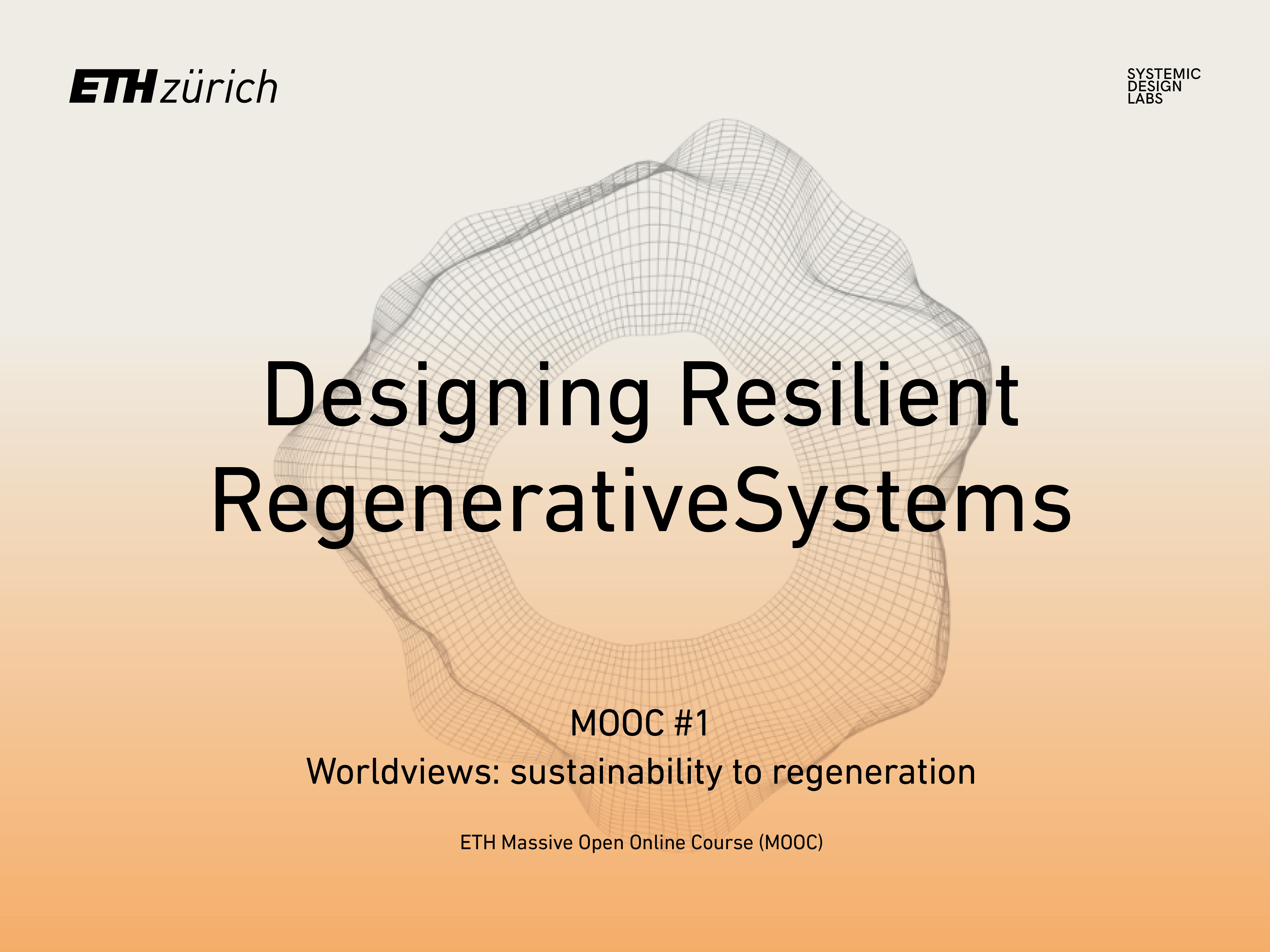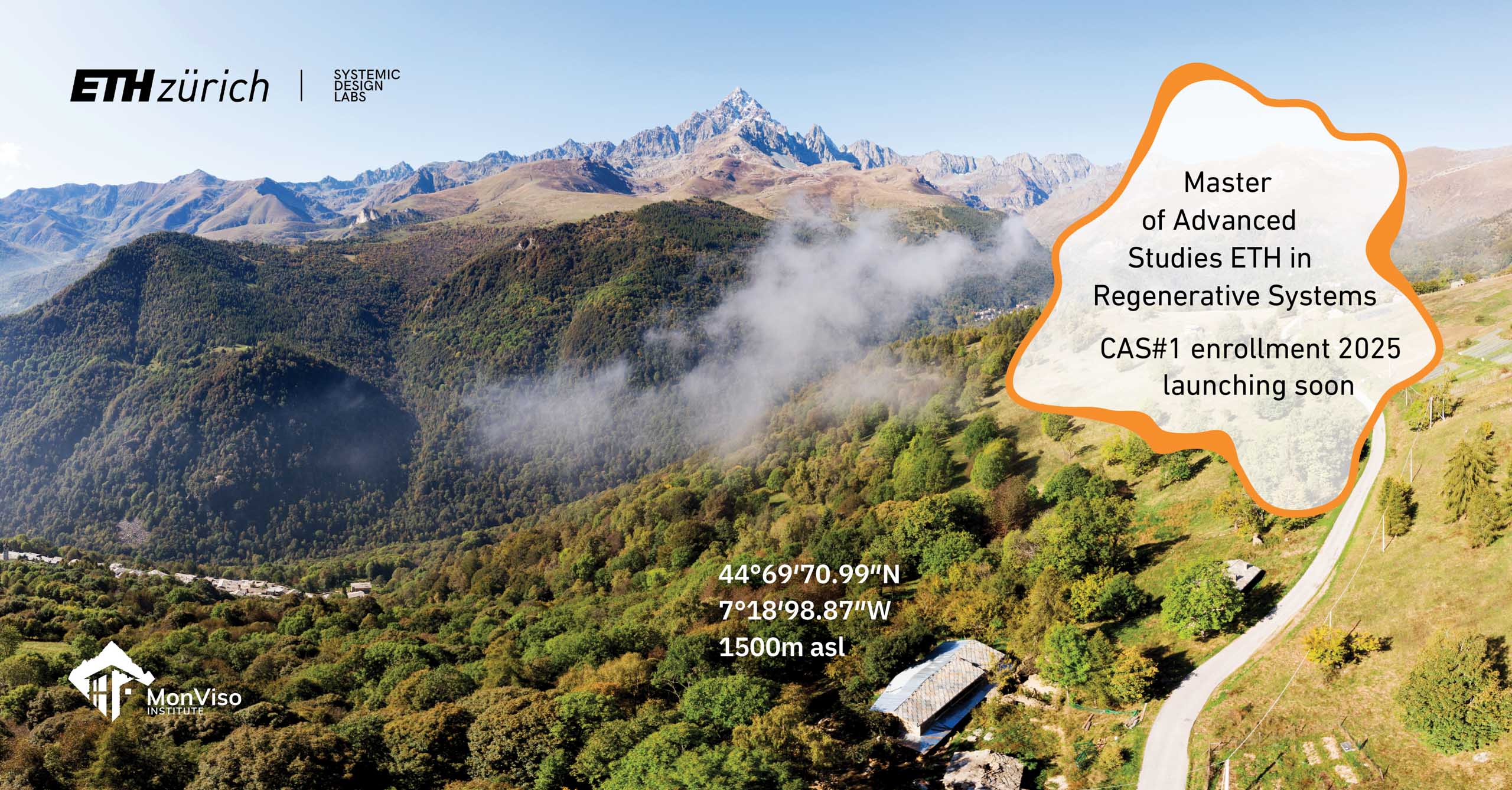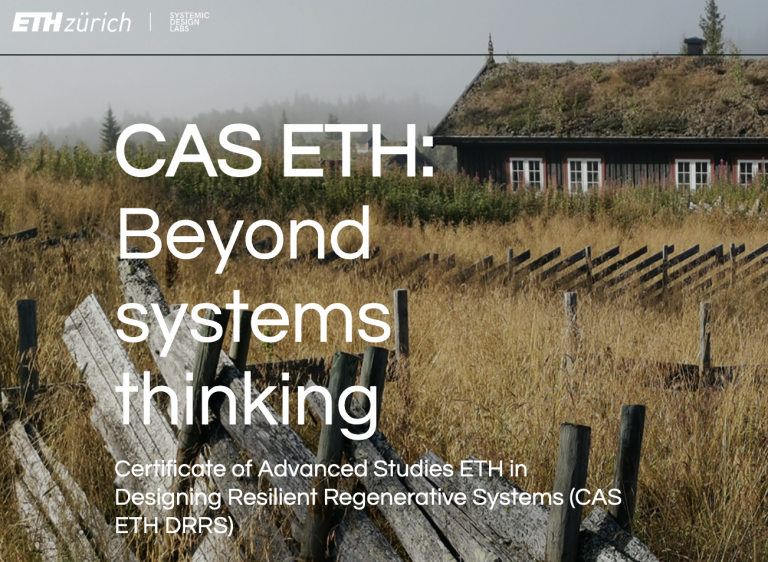Designing for Resilience: RE:GENERATE Alpine-urban circularity”
How to revive mountain livelihoods, focusing on local identity, resilient landscapes and a regenerative economy?
What: ETHZ Master course by Systemic Design Labs. When: spring term 2019. Instructors: Tobias Luthe, Justyna Swat, Haley Fitzpatrick, Anna Rodewald
Design challenge The specific design challenge is to identify and layout a holistic, partly quantified and visualized systems strategy for building a resilient community economy on the case of Ostana, Italy, that embraces local identity, revitalizes cultural and landscape biodiversity, and creates alpine-urban circularity. A clear connection is between the local identity (culture, traditions, visions) which is formed by Occitan culture (food, music, dance, language), traditional stone building architecture which is under pressure to carefully evolve with new needs for carbon-neutral and net-positive buildings, and the Monte Viso landscape.
How does a re-growing economy that should be regenerative and circular by design, correlate with innovation in architecture, with population growth and associated challenges in mobility, waste systems and supplies, with growing tourism, new agro-forestry practices like industrial hemp and Paulownia, while impacts of climate change are clearly visible? How does the community design a vision that is based on cooperation on different governance scales, balancing local identity and urgently needed international innovation?
Deliverables & output This SDL course RE:GENERATE builds upon related work from former courses hosted and led by the MonViso Institute, i.e. on social innovation, integrated mobility, architecture and local identity, tourism, circular economy, land use change. In this course, students develop and design a synthesis map: a visualized and partly quantified systems map of a future, circular, alpine-urban, regenerative and resilient community. This map will support ongoing and future innovation processes and identity building in this community and will serve as a “tool” of resilience building. Foci are the interplay of architecture, land use, agro-forestry, tourism, and identity to achieve a circular economy on different scales. The encapsulated map will be accompanied by a detailed report and handed over to the local policy makers as an integrative communication tool.
The science: underlying the visual representations are two technical reports with thorough analyses of data, e.g. modeling the sun angle and watts per surface that all Southern house roofs and facades in the valley could gain, with seasonal differences and shading by the mountain scape, using satellite data and Grashopper scripts.
Design:
Transformative praxis:
The two synthesis maps focus on (1) the community scale of Ostana, and (2) the valley scale of the Po river. The maps have been developed in English and translated to Italian. They show three types of circular flows, using three currencies: ecological (CO2, Agenda 2030 indicators), social (local Occitan tradition, risk and mutual support resilience), and financial (€ and in general new economic opportunities). Graphical support by Ralph Sonderegger.




The maps have been presented to the public in a social gathering as part of the Regenerative Design Talks (RDT) series hosted by the MonViso Institute (MVI), in collaboration with a Master student course taught by Prof. Luthe at Politecnico Torino.
Polito students as well presented their synthesis maps about circularities on a regional scale during the 9th RDT: Opportunities for a Regional Circular Economy: Building resilience through new circular flows. The Politecnico Torino Master course 2019/20 in Systemic Design presents their assessment of opportunities for a circular economy in the High Po River Valley.

